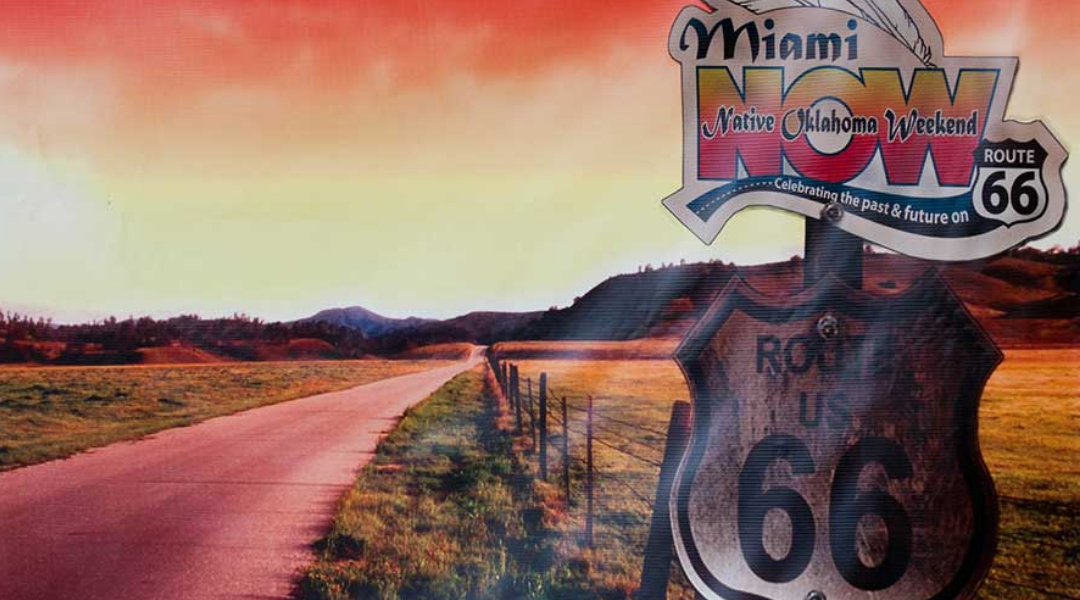Eradicating the e-Word: Musings on Myaamia Language Reclamation, by Prof. Wesley Leonard
Prof. Wesley Leonard published an article, “Eradicating the e-Word: Musings on Myaamia Language Reclamation,” in World Literature Today. Excerpt below:
Notions of Native American languages “disappearing,” “vanishing,” or “become e——” reflect broader and powerful colonial logics that render Native Americans into objects of history and deem illegitimate anything that misaligns with dominant society’s ideas about “authentic” Native American cultures and languages. Through this line of thinking, speaking a Native American language doesn’t necessarily count as evidence of its vitality. Even after twenty-five years of myaamia language reclamation, some scholars continue to describe myaamia with the e-word, and somebody always reverses the corrections I make to the Wikipedia entry for myaamia. (As of this writing, it includes the e-word, though there is ironically also mention of myaamia’s “revival.”)
It’s true that there are many Miamis who have not learned to speak myaamia, and perhaps never will. However, they now have some connection to their language and can choose to learn it. This is tremendously important given the historical context: not long ago, the more common situation in my community was a lack of connection to myaamia, and even the minority who felt connected to it didn’t have access to it. When focusing on Native American and other Indigenous languages, as often occurs in theories of language endangerment and recovery, people easily miss this and similar details. Reclamation requires that one ask whether community members feel connected to and have access to their languages. Reclamation intervenes in the underlying causes of Native American language shift rather than in the languages themselves.
One of the major underlying causes of myaamia language shift was two forced removals of my ancestors—first from the original Miami homelands in Indiana to Kansas, and later to Oklahoma (then Indian Territory). There are accounts of my ancestors taking handfuls of Indiana dirt with them, which is not surprising given that Miami culture significantly reflects a relationship with these homelands. Today, in addition to reconnecting to original homelands by having language programs there, my community addresses dislocation from land by using land-based pedagogies to teach myaamia and by naming new Miami spaces in myaamia. I keep in my own house a gift from our tribal chief: a vial with dirt from Indiana, Kansas, and Oklahoma.
Photo by klaxtonphoto / Flickr
Faculty News
